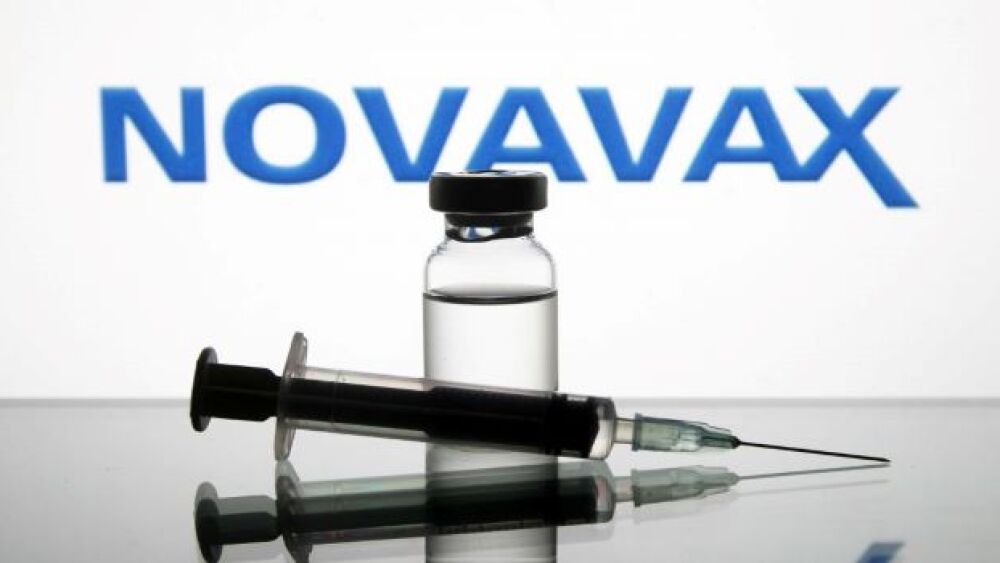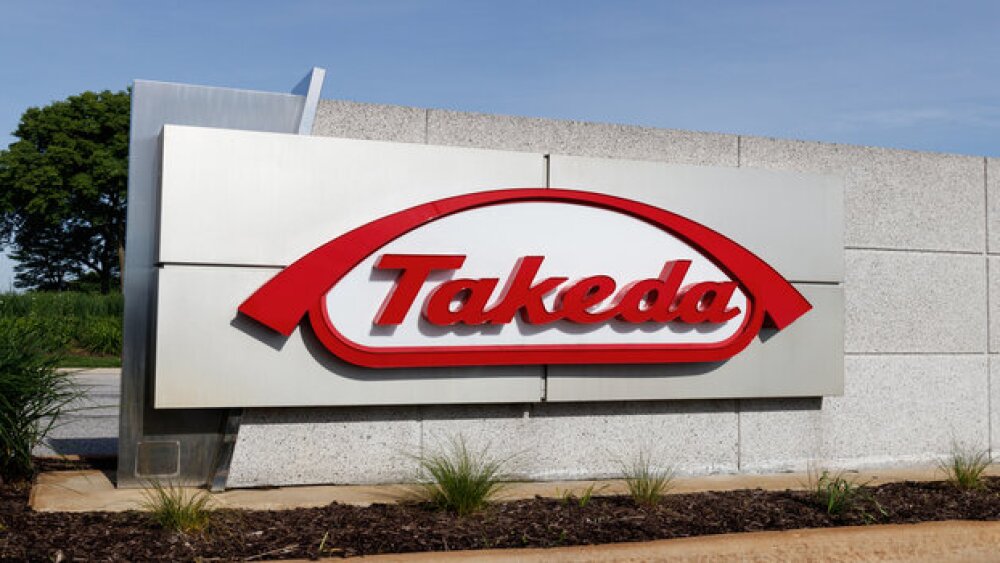August 30, 2016
By Mark Terry, BioSpace.com Breaking News Staff
In late 2015, Charbel Moussa, a researcher at Georgetown University Medical Center (GUMC) in Washington, announced the results of a promising Phase I clinical trial of cancer drug nilotinib in Parkinson’s disease. A second clinical trial was expected to start in October, but is currently being delayed due to a what is being dubbed a “feud” between Moussa, Georgetown, and The Michael J. Fox Foundation.
Nilotinib, manufactured and marketed by Novartis under the trade name Tasigna, is used to treat imatinib-resistant chronic myelogenous leukemia. Moussa conducted a small clinical trial on 12 patients with Parkinson’s disease. It lasted six months, and was primarily designed to determine dosing and safety. Of the 12 patients receiving the drug, 11 completed the trial and 10 patients had significantly meaningful clinical improvements. Some of those positive changes involved in various cerebrospinal fluid (CSF) biomarkers of Parkinson’s disease, including alpha-synuclein, amyloid beta-40/42, and dopamine, as well as in total Tau and pTau.
“The changes in Tau, p-Tau, alpha-synuclein and Abeta-40 and 42 in spinal fluid suggest the clearance of toxic proteins in the brain,” said Fernando Pagan, a GUMC associate professor of neurology who was involved in the study, in an article published by the university.
The results, which are not without their problems, are one of the most promising in the field of Parkinson’s disease treatment to come along in some time.
Shortly after announcing the results of the study, the Michael J. Fox Foundation, founded by actor, celebrity and Parkinson’s patient Michael J. Fox, contacted Moussa. They were interested in funding additional research. The Fox Foundation has become the major player in raising money for awareness and research for Parkinson’s. In 2015, it awarded almost $88 million in research grants, which is more than all other Parkinson’s nonprofits.
But, like other large nonprofit funders, the Fox Foundation wants more say in the structure of the trials and research, and how the grants are used, than many researchers appreciate. This has become more evident with the rise of these larger funding organizations, such as the Bill & Melinda Gates Foundation.
Moussa and the Fox Foundation discussed the matter for about six months. Moussa told them he already had funding, and the U.S. Food and Drug Administration (FDA) had approved a Phase II study at Georgetown. He hoped they would help fund the expansion of the trial to other test results, but when scientists with the Fox Foundation requested changes in the trial design, Moussa pushed back, telling STAT the changes would “delay us for one year, and this was not good for patients.”
And apparently things blew up further when Brian Fiske, the Fox Foundation’s senior vice president for research, told Novartis that the foundation wasn’t supporting the Georgetown project.
“Whether they [Novartis] will continue to review your proposal is of course up to Novartis,” Fiske wrote to Moussa in a June 17 email given to STAT by Moussa, “but we made it clear that this was submitted without our knowledge or commitment to support.”
One of the issues appears to be that Moussa is trying to get Novartis to donate the drug for the 75-patient clinical trial. He indicates to STAT that he felt Fiske’s communications with Novartis were intentionally sabotaging his proposal and that he was contacting Novartis behind his back. Tasigna’s price per yearly treatment is around $80,000. Drugs.com indicates that 28 capsules run about $2,806.79.
Todd Sherer, the Fox Foundation’s chief executive officer, told STAT that he contacted Novartis because Moussa told Novartis that the Fox Foundation was funding his research before their deal was finalized. Moussa claims that is false.
And now that the Fox Foundation has announced its own Phase II clinical trial of nilotinib, Moussa is saying he believes the foundation was planning on delaying his efforts in order to give their own clinical study a head start.
“The reason why it’s so hard-fought is that there are some people who believe that this is the drug that could be the first to demonstrate an ability to slow the progress of Parkinson’s disease,” said Peter Schmidt, senior vice president of the National Parkinson Foundation, to STAT.
It’s worth noting that when Moussa’s data were published, the Journal of Parkinson’s Disease simultaneously ran an editorial penned by Richard Wyse of The Cure Parkinson’s Trust in London, UK, Patrik Brundin, of the Translational Parkinson’s Disease Research, Center for Neurodegenerative Science, Van Andel Research Institute in Grand Rapids, MI, and Sherer. In it, they said, “So, what can we take from this small but innovative study? Given the publicity surrounding the trial when it was initially announced, it is important to have the full results of this clinical trial made widely available to the scientific community. But it is impossible to extract definitive safety and valid efficacy signals from a small open-label unblinded study (lacking a placebo control) in PD and DLB. This is especially poignant as even a placebo effect can be very large over the time period used in this study, particularly in advanced PD, and can even induce biochemical changes in the dopamine system.”





